
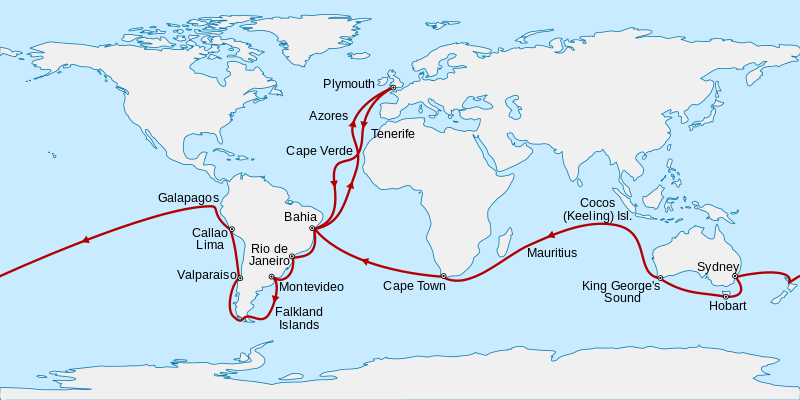
The Route of The Beagle
Charles Robert Darwin (1809 - 1882) was born in England, considering to grow up to be a doctor or priest. However, Alexander von Humboldt (1769 - 1859), his idol, was a naturalist, hence Darwin became a naturalist too (A naturalist is an individual who works with the study of plants, animals, rocks, weather and landscape).
In 1831, Darwin set sail on the Beagle , which would take a trip around the globe. The planned 2 year trip happened to extend up to 5 whole years! The ship's journey would begin in England, sail to South Africa, then into the Pacific and on the Galapagos Islands before travelling to Australia. The ship would then finally sail across the Indian Ocean to the tip of South Africa, then back to South America before returning home. (As shown on the map above)
Darwin was mainly concerned with geological specimens on the trip. Nonetheless, he discovered a flock of mockingbirds on the Chilean coast. Later, he visited the Galapagos Islands, slightly over a few thousand kilometers west (about 620+ miles) of the coast of Chile and encountered another flock of mockingbirds. However, he observed that they were different from the ones in Chile. This remark made Charles Darwin look for a valid explanation. He figured that the species in Chile reached the islands and inhabited them. This required them to adapt and develop according to the new environment to survive. He thought of this as evidence of evolution and knew of Lyell's work that proved that the Earth could be very old, hence there was enough time for evolution to take place.
In Darwin’s time, it was a custom to collect specimens found on expeditions and bring them home. This also led to hunting, however, it meant that the body could be preserved and inspected later. After returning back to England, Darwin observed that the finch collected from different islands from the Galapagos Islands showed variation too.This led him to believe that they developed in the same way as the mockingbirds, however, with the specimens, the beaks gave him an idea of how the birds adapted and developed to satisfy their feeding habits. This was when Evolution and Adaptation linked in his mind.
As these thoughts of evolution filled Darwin’s mind, he was reading a book by the name of An Essay on the Principle of Population by Thomas Malthus. Charles Darwin learned that the human population always increases faster than the food supply and is always limited by starvation or disease. He thought the same population trends could occur in other species such as the finch as well and out his thoughts.
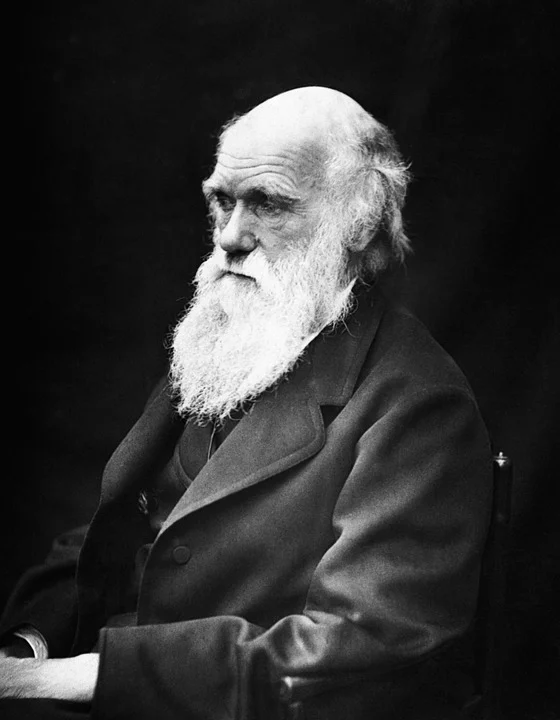
(You also might encounter overlapping timestamps. This means that not all of the species evolve, some may stay the same and 2 different variations are formed as a result)
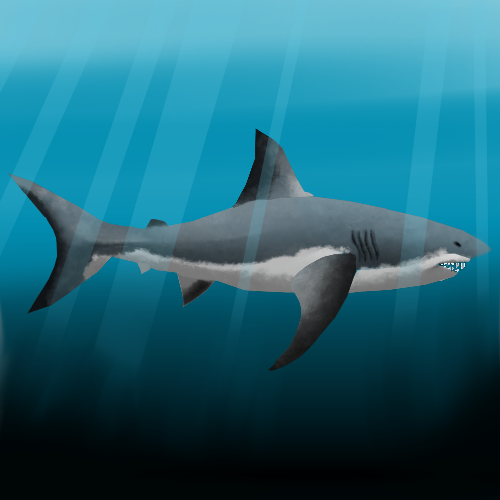
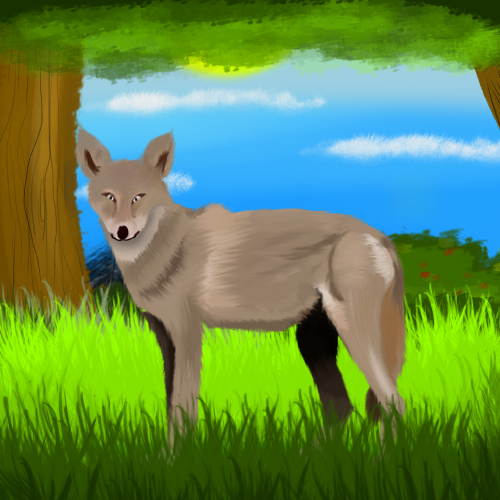
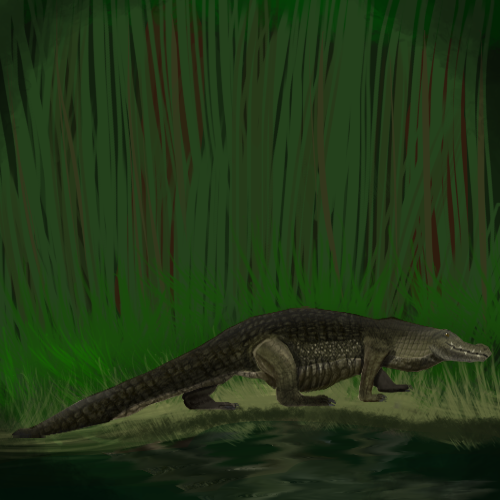
Reach out to the developer of the website and the games (Mr.Cahir Jomraj) here!
If you find any bugs or fault in the information provided, please feel free to contact us!